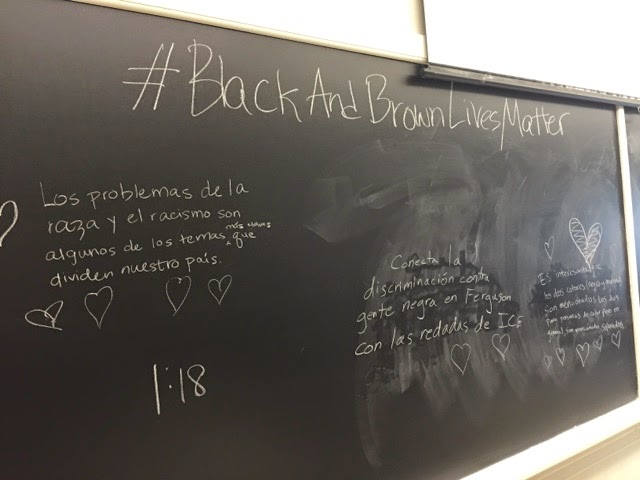Stop and Listen: What Are People Saying about Your Language Program?

by Ann Abbott We rush so much. The semesters are a blur. In understaffed language departments, there is a lot of motion, a lot of commotion as we attend to a myriad of tasks, sometimes pulling us away, sometimes pulling us toward our passion and our goal: to give our students an excellent education. We pass our colleagues in the hall with a quick nod and wave to students across the quad. We race through the days then disconnect during breaks. Part of the busy-ness that makes us rush are the myriad ways in which we evaluate and asses our programs: surveys to write, administer, analyze and report; data to feed into the College's software that measures departments' strengths; annual activity reports that need to hefty enough to show you are working and meeting goals. But sometimes, when you slow down, when you least expect it, you will hear vital feedback. Here are some unsolicited comments I heard this semester: "I love Spanish, but I don't want to major in ...













